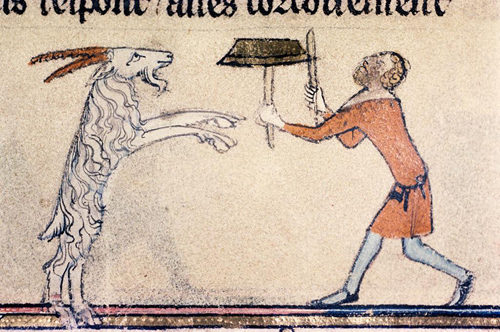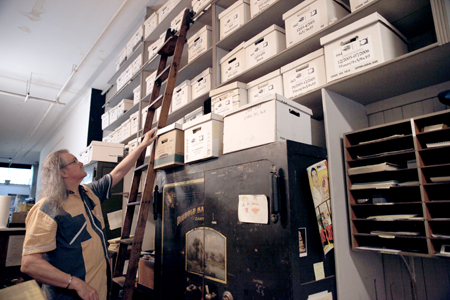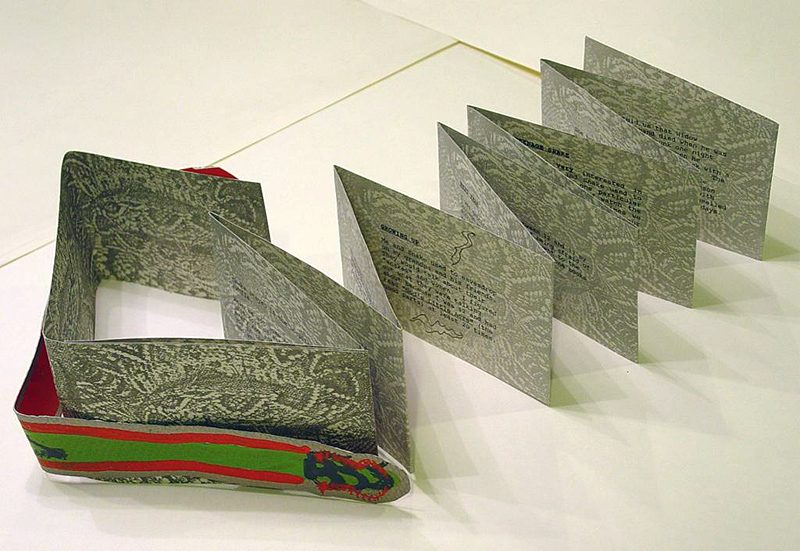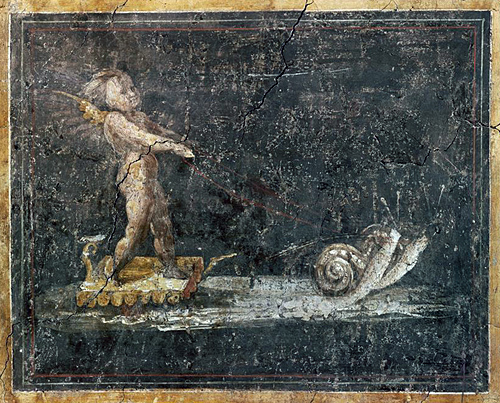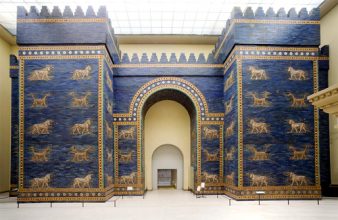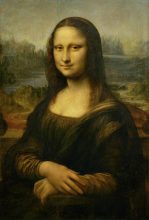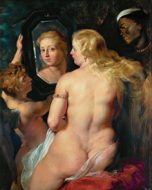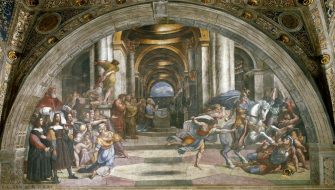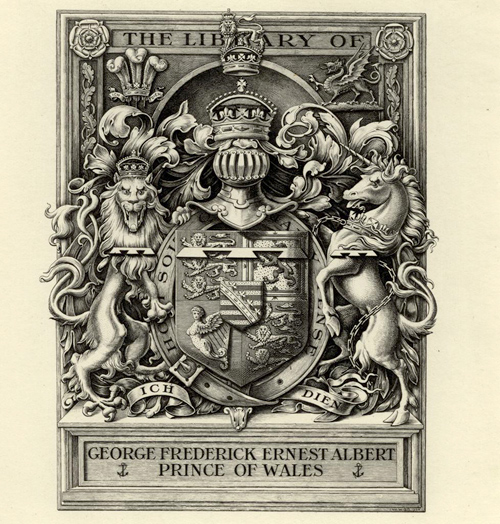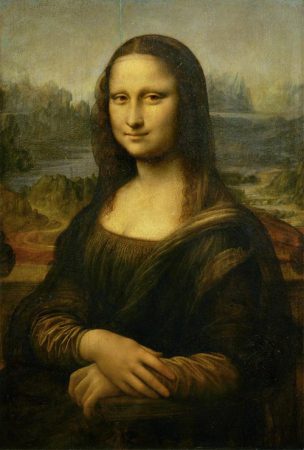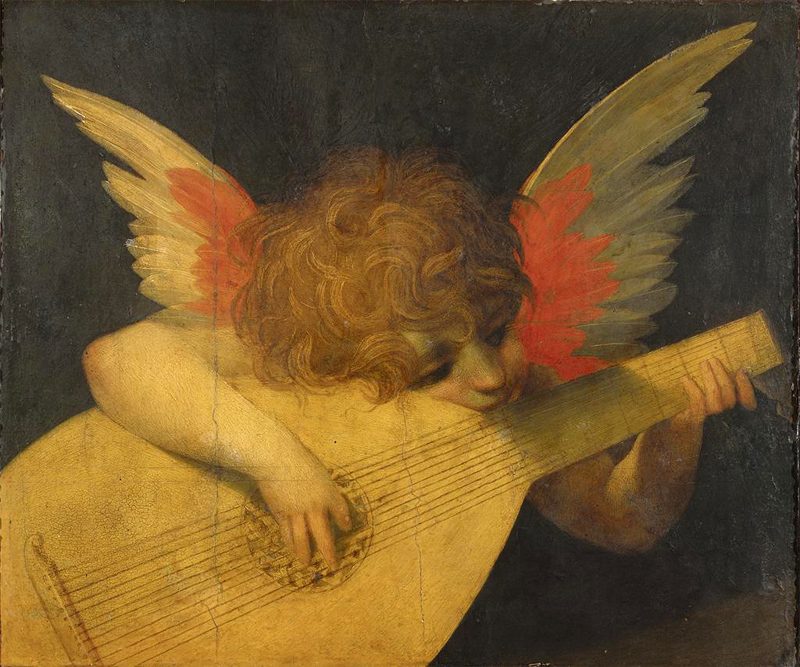
Rosso Fiorentino (Giovanni Battista di Jacopo), Angel Playing a Lute; detail, 1521, Galleria degli Uffizi. Image and original data provided by SCALA, Florence/ART RESOURCE, N.Y.; artres.com; scalarchives.com; (c) 2006, SCALA, Florence/ART RESOURCE, N.Y.
Have you ever wondered why you rarely see the names of the greats from the Italian Renaissance reoccur in art history? Why do we not see more than one artist with names such as Ghirlandaio, Masaccio, or Tintoretto? It’s because a lot of these were not really names, they were nicknames! Some, like Verrocchio (“true eye”), were flattering, while others, like Guercino (“squinter”), not so much.
Here’s a list of some of the most memorable names from the Renaissance and what they really mean:
